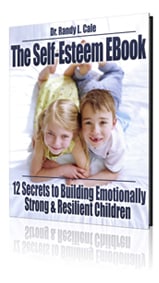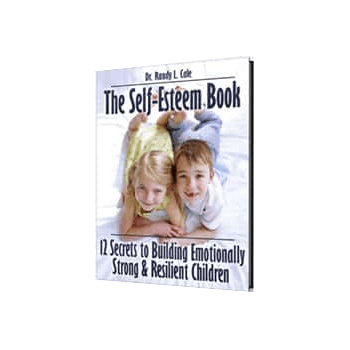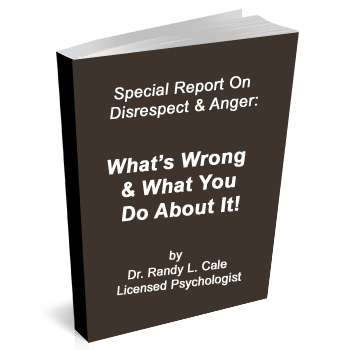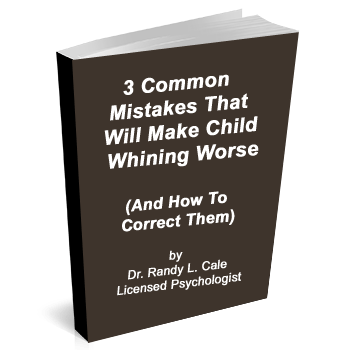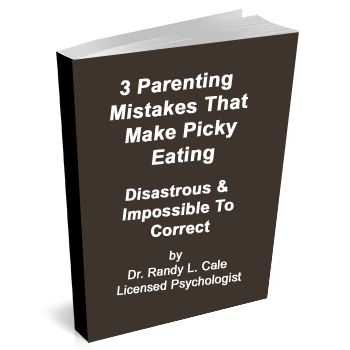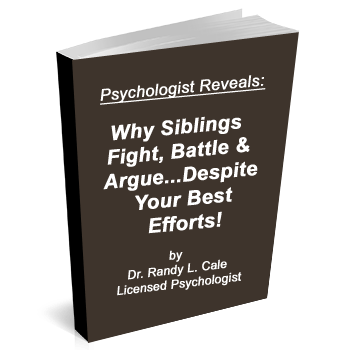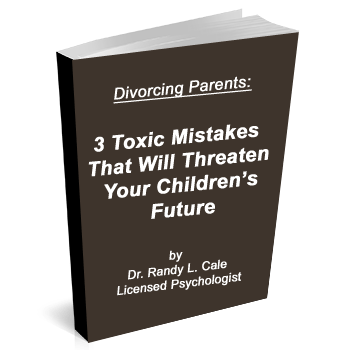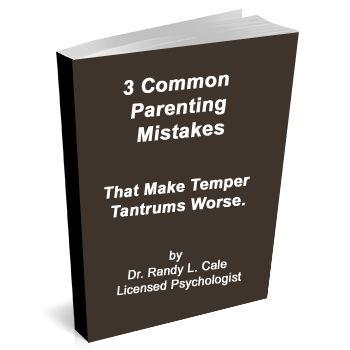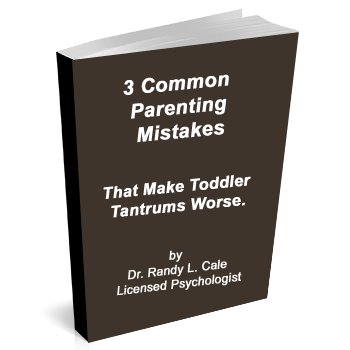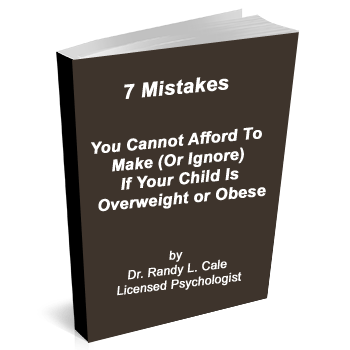When speaking to parents with challenging children, there is often an urgency to address the specifics of what to do when a problem behavior shows up. In other words, the understandable desire is to fix the problem right now. After all, you want an answer when your son is melting down in the grocery store because you wouldn’t buy him the cookies he wants. The message I get is, ‘Dr. Cale, please tell me how to fix him now!’ They want the magic juice to make it all go away.
Yet, this could be a mistake. For most challenging children, kids with ADHD, or strong-willed children, such an approach will likely lead to failure. The problem here begins not with a failed parenting strategy but a flawed understanding of how positive change is sustained over time.
The Inside Game vs. The Outside Game
In parenting and life, there are two games to master: the inside game of mental clarity and control and the outside game of effective action.
The Inside Game is about your own personal psychology. This ‘inside game’ is either run automatically through the programming and habits (good and bad) that you acquired unintentionally, or you realize that this programming is changeable through your effort and awareness. At that point, you begin the lifelong process of learning to run your brain rather than having it run you. Most people are the victims of their programming, simply running habitual patterns of thought that drive emotion and action.
The Outside Game is about habits and daily actions. This is where the ‘rubber meets the road’ in life and determines how our life gives back to us the fruits of our efforts. In other words, our happiness, success, and satisfaction flow from these actions and their consequences. Thus, this piece is hugely significant, but for most of us, these daily habits are based on our childhood, life experiences, and good or bad luck/circumstances. We have done little to manage these habits on our own. Some usually serve us well, while others do not.
Regarding parenting, the outside game determines your discipline program, daily routines, and how you handle problem behavior. Everyone seeks the ‘magic bullet’ to fix problem behaviors or get kids back on track. And yet, to effectively change the challenging behavior, few parents can convincingly implement the correct parenting strategy (i.e., outside game) without first addressing the inside game. But this is not only true for parenting, of course. It’s true for every area of life. The outside game is much more easily modified and tweaked when our inside game is calmly and securely at the helm of life.
The Very Basics of the Inside Game of Parenting
Let’s keep this simple and workable. There are two main decisions that you want to consider before addressing the specific parenting strategies (i.e., outside game) that will help you turn things around in your home. So this week, we consider only the inside game.
Decision One: Accept or Resist the Moment (In Front Of You)
Let’s assume your child challenges you in some moments of life. Their child’s actions likely lead to frustration, anger, or embarrassment. You understandably feel a strong reaction and begin to ‘lean into’ the moment. You want to stop it, fix it, teach them it’s wrong, offer a repeated lesson about why it’s wrong, and so forth. All these are typically delivered with a bit of strong energy. These firm emotions produce that tendency to lean into the behavior to make it go away. For many, their response is entirely reactive.
You might be asking, ‘What’s the big deal?’ Everyone reacts sometimes.
And I would acknowledge that it will be a massive YES. It’s true. And it’s not a big deal now and then. However, the problem arises with challenging children because they often test us. And we frequently react. And then, the issue emerges in the pattern that unfolds.
There’s an old saying: That which you consistently resist…persists. This is almost always true in parenting, as your energy feeds the unwanted behavior. So, if we react and push back, we resist. The behavior then persists. This is the way the brain works.
Thus, to be effective, the first step is to master the art of allowance and avoid reaction. Then, we can see the life-changing power of the second decision.
Decision Two: (Try to) Fix the Moment or Teach From The Moment.
When we try to fix a problem moment, everything goes awry. In trying to make the unwanted moment disappear, we do not see how we can teach at that moment. But hopefully, you will be ready to consider something different if you have tried all the talking, yelling, screaming, threatening, and explaining.
In the calmness of allowing a moment without reaction, you can begin to teach effectively and implement very effective strategies, which are part of the outside game we cover next week. Once you understand how to shape your child’s reactions, the tools that are needed are available to you.
So your goal is calm. Calm regardless. Such calm will always serve you as you implement effective strategies for your home. For now, notice what happens this week when you abandon trying to fix the ‘bad’ moments. Walk away and keep your cool. Then, next week, we will jump into the outside game.
You can learn more about what we do at CapitalDisctrictNeurofeedback.com.






